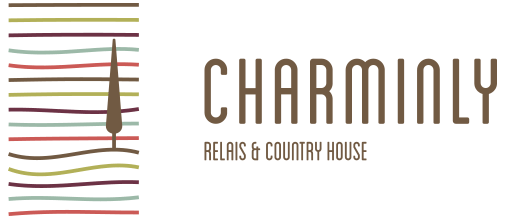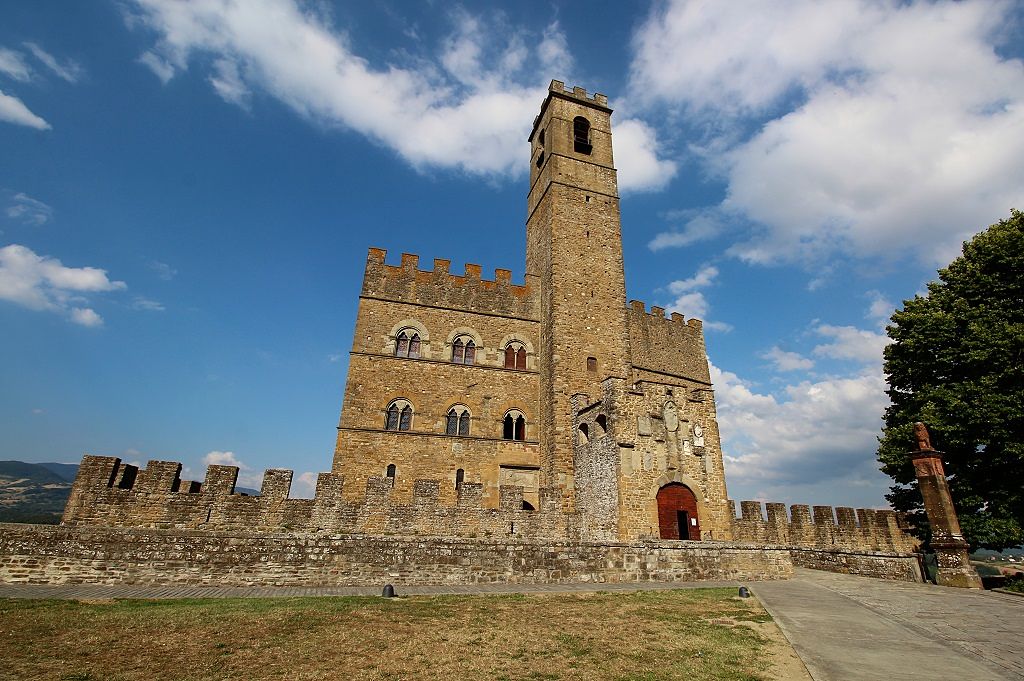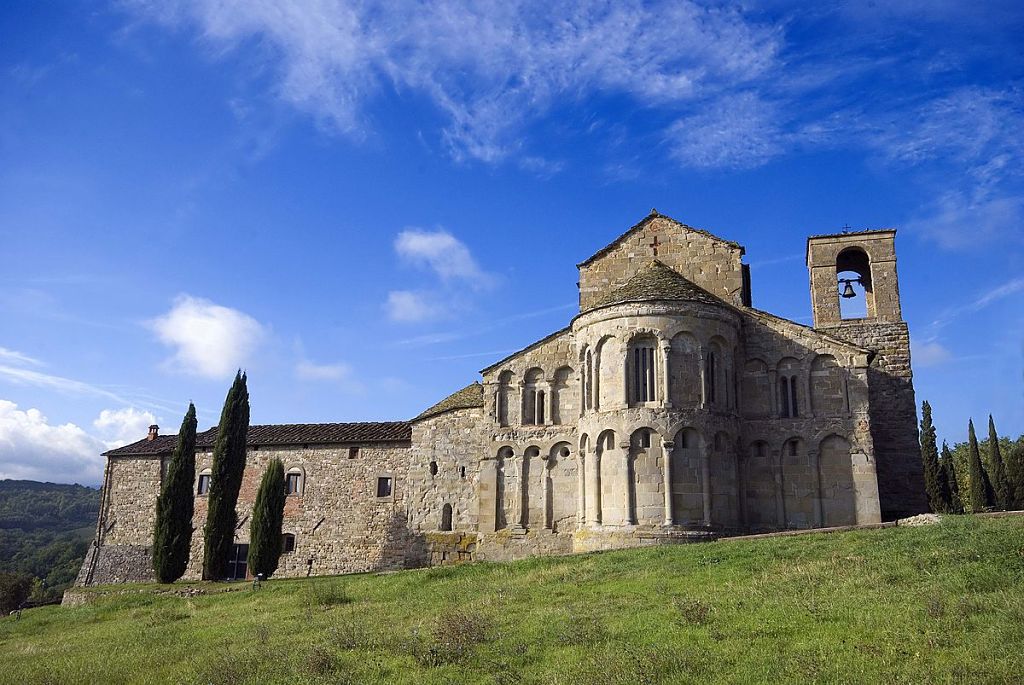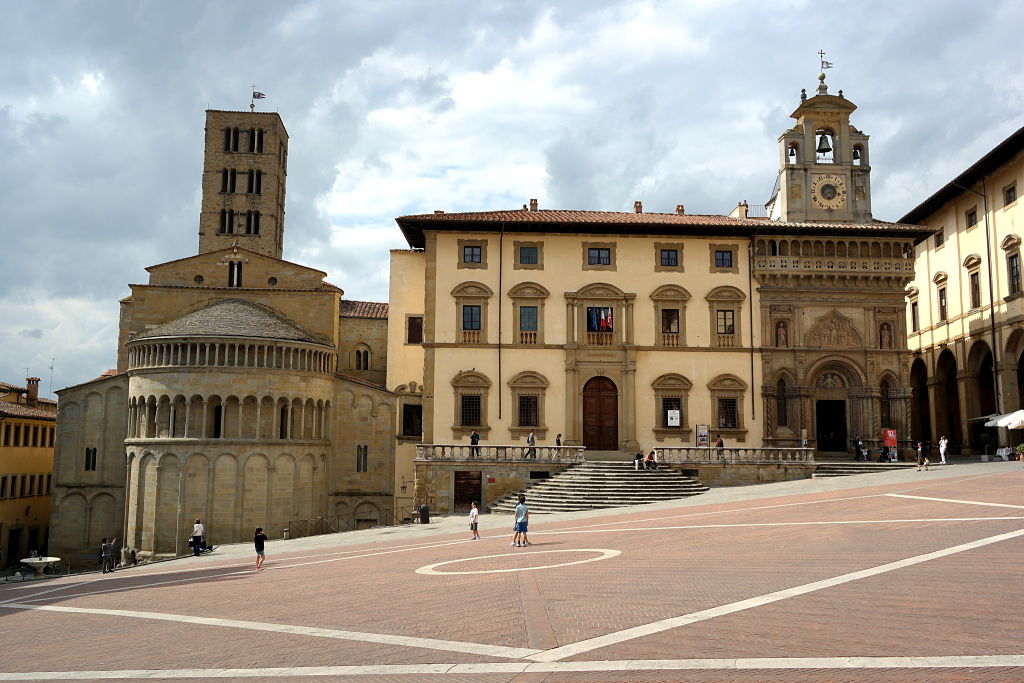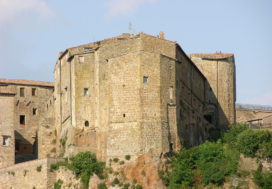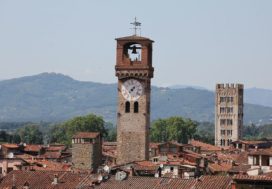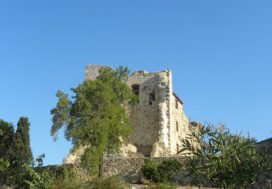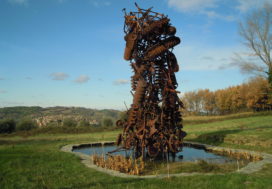POPPI
Castle of the Counts Guidi. Symbol of the whole Casentino, the Castle of Poppi was built between the end of the 12th and the beginning of the 14th century. Today it is well preserved and probably looks like it was in the Middle Ages, with its massive stone structure .
Abbey of San Fedele. The Abbey of San Fedele is one of the oldest and most important religious buildings in Poppi. It has undergone several restorations over the years and includes works of sacred art as a small museum in which there is a Madonna with the Child and two angels of the painter Jacopo Ligozzi.
Camaldoli Monastery. The monastery is located three kilometers away from the hermitage of Camaldoli, immersed in the peace of the countryside. Here, in 1943 began the works that led to the writing of the Code of Camaldoli.
Hermitage of Camaldoli. The Hermitage of Camaldoli was founded by San Romualdo in the early years of the 11th century. Its architectural style is a combination of Romanesque and Baroque.
STIA
Romanesque Pieve
One of the most important Churches of the Casentino is located in Piazza Tanucci, in the town of Stia. Perfect Romanesque architectural style, the Pieve is dedicated to Santa Maria Assunta, and during some restoration works it has been moved a few meters to align it with the other surrounding buildings.
ROMENA
Pieve di San Pietro – Castle. At the foot of the Castle of Romena is the Pieve di San Pietro, which represents a place of Catholic worship. Built in the mid-12th century, the Pieve was built on the ruins of an existing construction visible under the presbytery.
CHIUSI DELLA VERNA
Sanctuary of La Verna. The Sanctuary of La Verna is located inside the Casentinesi Forests National Park. The place become very famous after Saint Francis receives the stigmata. It is a destination for several pilgrims.
MONTE SAN SAVINO
Starting from the southwest of Arezzo, take the road that runs along a section of Val di Chiana for about 15 km, to stop near the center of Monte San Savino. The village is one of the oldest medieval settlements in Tuscany and here you can admire the Palazzo di Monte, the Logge dei Mercanti, the Palazzo Pretorio and the Cassero.
AREZZO
Piazza Grande. It represents one of the most beautiful squares of Arezzo made even more suggestive by the different architectural styles of the surrounding buildings and its trapezoidal shape.
Frescoes by Piero della Francesca. One of the universally recognized works by Piero della Francesca is the cycle of frescoes that you can see in the interior walls of the church of San Francesco in Arezzo, which exhaustively narrate the Stories of the Cross.
Vasari’s Loggia and birthplace. Located in the highest part of Piazza Grande in Arezzo is the Palazzo della Loggia del Vasari. Characteristic is its Renaissance architectural style that blends with the medieval style of the square. A few steps from the church of San Domenico you can see the house where the painter was born. The building frescoed by Vasari and his collaborators, preserves also works care to the artist and collected during his life.

